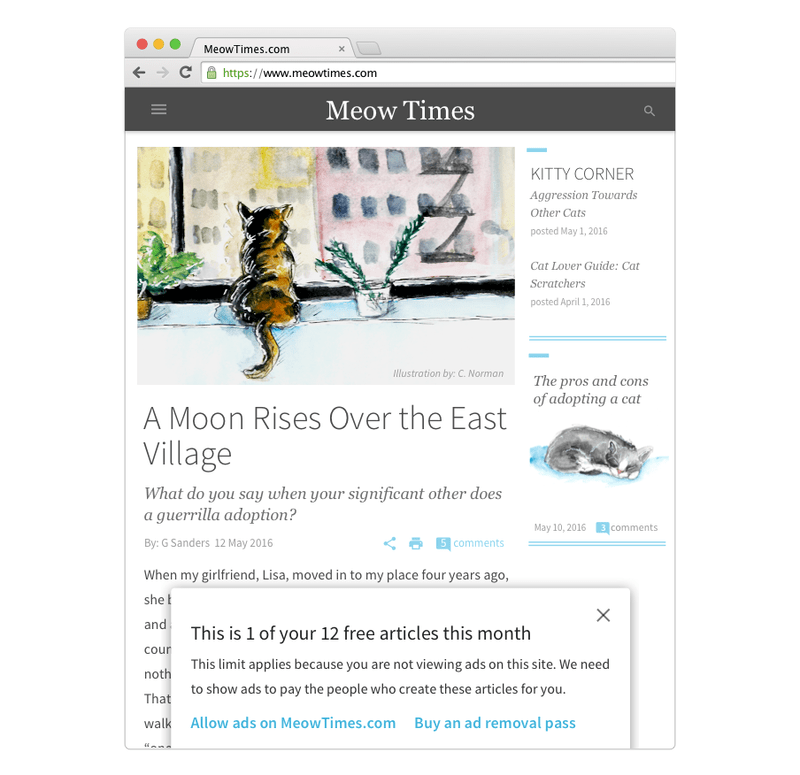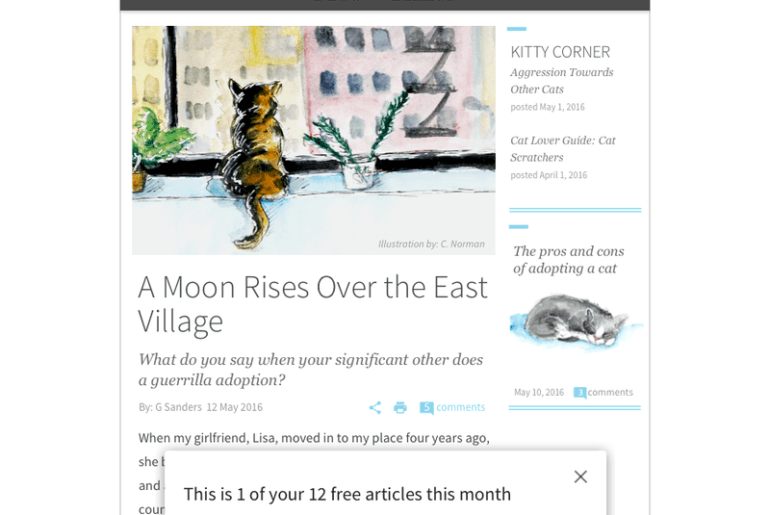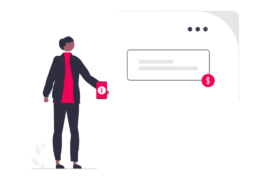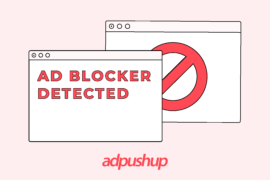
Google has recently announced a lot of pro-publisher initiatives and policies, starting with releasing native ad formats, allowing 300×250 ad units above the fold on mobile, to introducing page-level policy compliance. In addition to that, they’ve also provided a lot of new best practices based on new ad data. All these were longstanding issues that AdSense users struggled with.
So far, the only big issue that Google hasn’t tackled head-on is the revenue loss caused by ad blockers. That’s changing now.
By joining the Coalition of Better Ads and announcing the launch of a Chrome-based ad blocker, Google has doubled down on its commitment to both improving the online ad ecosystem and getting involved in the struggle against the “adblockalypse” instead of playing bystander.
Desperate Times, Desperate Measures
So, why would a company that relies on advertising for its main source of revenue give people ad blocking features built within the world’s most popular browser? Well, for starters, to regain control of a brave new internet filled with ad blockers for all possible devices.
The logic is simple: If people are going to use an ad blocker anyway, why not one created by the Google itself? If a sizeable number of people decide to turn off their other ad blockers for the new Chrome-based one, Google will have won half the battle.
Of course, this doesn’t mean that Google will start serving ads willy-nilly the moment people get on board, as with any other product they offer, quality must come first. To that effect, Google insists that it will even block the intrusive ads being served through its own network, GDN (Google Display Network).
No playing favourites. Any ad that doesn’t meet the new ad quality standard gets booted.
So, What Are These New Ad Standards?
If you’re going to re-imagine online ads, it helps to have data on what people like and what they don’t. Thankfully, companies like Google are not short on data, they positively hoard it.
The Coalition for Better Ads is composed of some of the biggest consumer brands, media companies, and advertising networks in the world including Unilever, P&G, News Corp, Thomson Reuters, Google, and Facebook, among others.
These members bring their data and ability in defining what kind of ads are the most intrusive and what to do about it.
In the first phase of the Coalition’s research, more than 25,000 Internet users in North America and Europe were surveyed about their preferences for different types of online ads. The research included desktop web (55 ad experiences) and mobile web (49 ad experiences).
Based on this research, three types of ads fell below the level of customer acceptability:
- Ads that interrupt
- Ads that distract
- Ads that clutter
Further, eight types of ad formats which met either one or more of these conditions such as pop up ads, interstitials ads, flash ads, sticky ads, and autoplaying ads with sound have been identified. This means that they’re on their way out and will be filtered by the new Chrome ad blocker.
More Ad Block Control for AdSense Publishers
Making better ads and penalizing bad ones is one part of the equation, the other is to give publishers the tools and means to empower themselves against ad blockers.
For the longest time, there was simply no recourse for publishers against losing revenue to ad blockers. Then as the problem grew, a lot of hacks and tweaks emerged including requesting them to whitelist your website, getting your ads certified through the safe ads programs that most ad blockers now run, and as a last-ditch resort—outright blocking website access for ad block users.
Google has now introduced a new feature to enable publishers to serve a custom message to ad block users, requesting them to either whitelist the website or pay for a site access pass.
Named Funding Choices, the program is in beta and available to publishers in North America, U.K., Germany, Australia, and New Zealand, with roll out planned for other countries later this year. Google also has some helpful advice on how to craft the whitelist message.
With these new moves, Google is attempting to create a simpler, faster, less intrusive online ad ecosystem, and give some much-needed respite to web publishers struck by declining revenue.

Shubham is a digital marketer with rich experience working in the advertisement technology industry. He has vast experience in the programmatic industry, driving business strategy and scaling functions including but not limited to growth and marketing, Operations, process optimization, and Sales.







